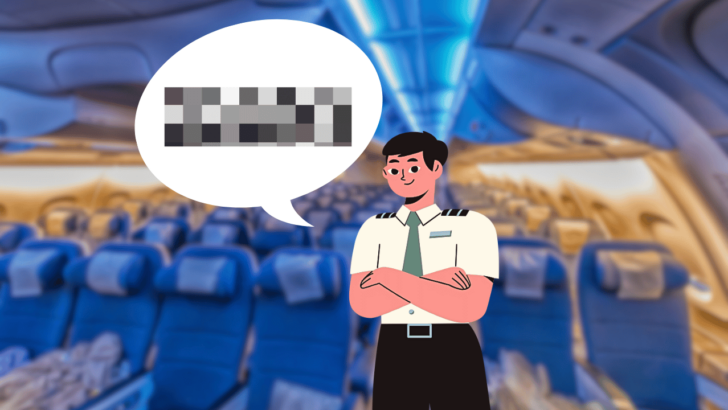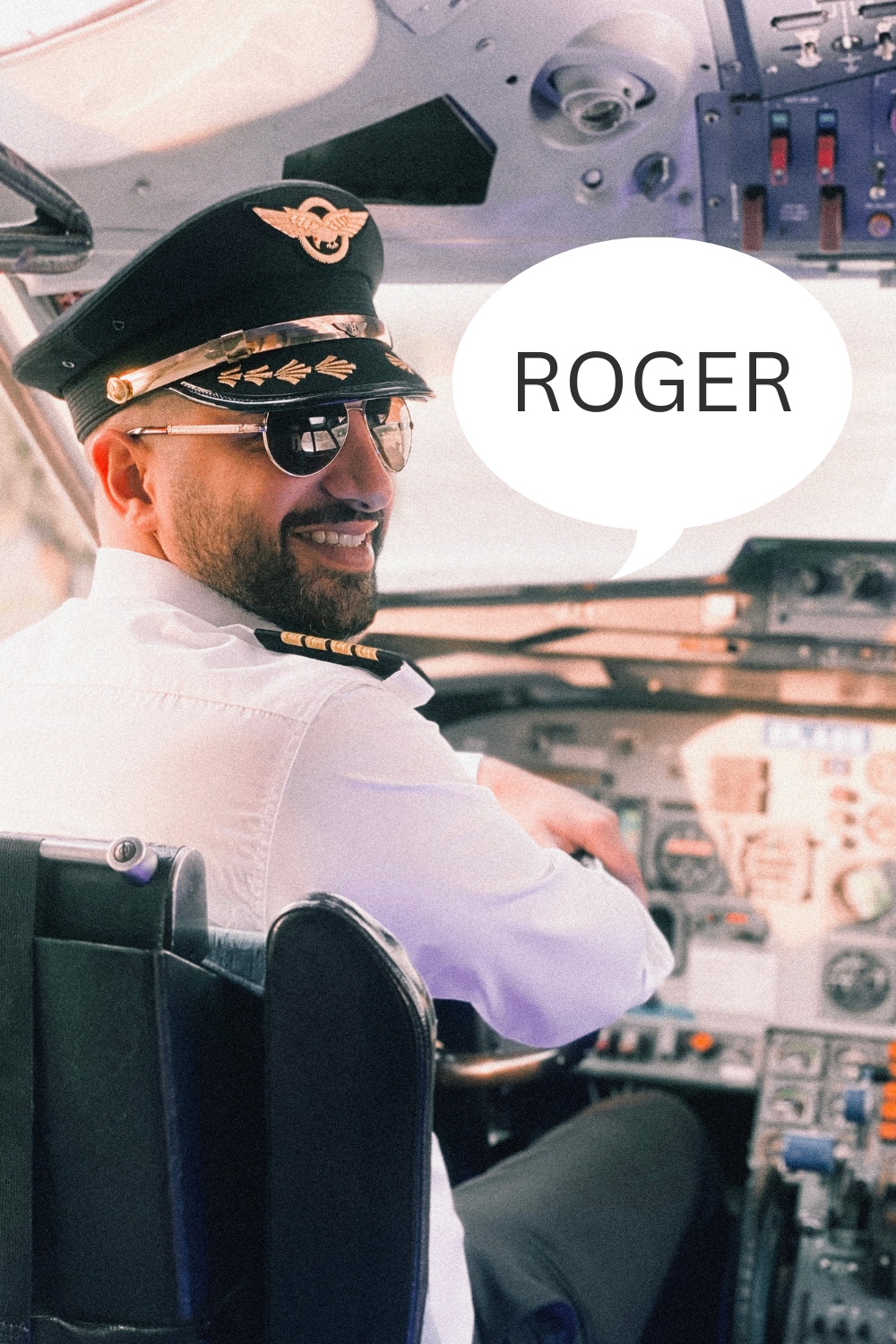Imagine you’re mid-flight, thousands of feet above ground, soaring through clouds.
In the cockpit, the pilots are navigating, communicating, and maintaining the complex machinery that keeps the aircraft aloft.
A crucial element of this process? Language. But what universal language does every airline pilot need to speak?
What universal language must all airline pilots speak?
All airline pilots worldwide are required to speak Aviation English, a specialized form of English with its own vocabulary and speech patterns. This standard is strictly enforced by the International Civil Aviation Organization (ICAO) through a mandatory proficiency test.
Aviation English: The Common Tongue of The Skies
Aviation English is a must for every pilot, no matter of their country of origin or the primary language of their airline.
The ICAO standardized English as the international language of aviation in the form of Aviation English to ensure the safety and efficiency of flights worldwide.
This requirement stands whether pilots are communicating with ground control or with other pilots.
This mandate may seem straightforward, but it’s essential for maintaining safety in the skies.
Pilots and air traffic controllers need to understand each other clearly to avoid confusion or misunderstandings.
Aviation English contains highly specialized aviation terminology—a specific way to communicate—to avoid potential language barriers.
The specialized aviation English focuses less on conversational fluency and more on specific vocabulary, phrases, and communication techniques used during flights.
Therefore, it could be described as some sort of Business Vocabulary but only for pilots and other airline staff.
From communicating aircraft status to navigating weather reports and emergency situations, this unique language subset is integral to safe flight operations.
In the next section, you will learn more about Aviation English and we will have a look at so-called AELTS.
ICAO Language Proficiency Test
The ICAO Language Proficiency Test, namely the AELTS, is an essential hurdle that every international pilot must cross.
This test, developed by the International Civil Aviation Organization (ICAO), evaluates pilots’ proficiency in Aviation English.
It’s not just about understanding English; it’s about communicating effectively and accurately during all phases of flight.
The test focuses on six key areas: pronunciation, structure, vocabulary, fluency, comprehension, and interactions. Have a look at the table below:
[table id=76 /]Pilots are required to demonstrate their abilities in these areas in both routine and unpredictable situations that might arise during flight.
Scoring well in the ICAO Language Proficiency Test is a necessity.
A score of 4 means the pilot is operationally proficient, while a score of 6 is expert-level proficiency.
Pilots who score below a 4 are deemed inadequate to participate in voice communications in an international aviation environment.
The ICAO requires pilots to retest every three years if they score a level 4 and every six years if they score a level 5.
Those lucky enough to score a 6 never have to retake the test.
This mandatory testing process ensures that all pilots flying internationally maintain a high level of proficiency in Aviation English, which is crucial for the safety of flights worldwide.
Aviation English Examples
Aviation English is a special type of English. It has its own words and phrases to help pilots talk clearly and quickly during stressful flights.
You might wonder, “What do these unique terms look like?”
To give you a glimpse into this specialized language, let’s delve into a table showcasing some standard Aviation English words and their meanings.
Each term is meticulously chosen to avoid confusion and enhance comprehension, no matter the pilot’s native language.
[table id=75 /]
The realm of aviation is a complex interplay of machinery, skill, and communication.
English, or let’s say Aviation English to be more precise, being the universal language for all pilots, plays an undeniably crucial role in this equation.
It ensures a standardized communication protocol, promoting efficiency, safety, and a smooth journey for every passenger aboard.
The next time you fly, remember— It is Aviation English and not Business English or any other type of English that is keeping you safe in the skies.
Happy flight!
Frequently asked questions about the languages spoken by pilots
Why was English chosen as the universal language for pilots?
English was chosen due to its widespread use and the historic influence of the United States and United Kingdom in aviation.
Do all airline pilots need to speak fluent English?
While not fluently conversational, pilots must be proficient in a specific type of English known as Aviation English, focusing on flight-related terminology and communications.
How do non-English speaking pilots learn Aviation English?
Many pilots attend specialized language courses focusing on Aviation English to meet the ICAO proficiency standards.
Is there a test for Aviation English?
Yes, pilots must pass the ICAO Language Proficiency Test, which focuses on six key areas: pronunciation, structure, vocabulary, fluency, comprehension, and interactions.
What is the difference between English and Aviation English?
Aviation English is a specialized version of English. It has unique phrases and vocabulary specific to the aviation industry. It’s designed for clear and precise communication in flight situations.

Hey fellow Linguaholics! It’s me, Marcel. I am the proud owner of linguaholic.com. Languages have always been my passion and I have studied Linguistics, Computational Linguistics and Sinology at the University of Zurich. It is my utmost pleasure to share with all of you guys what I know about languages and linguistics in general.


